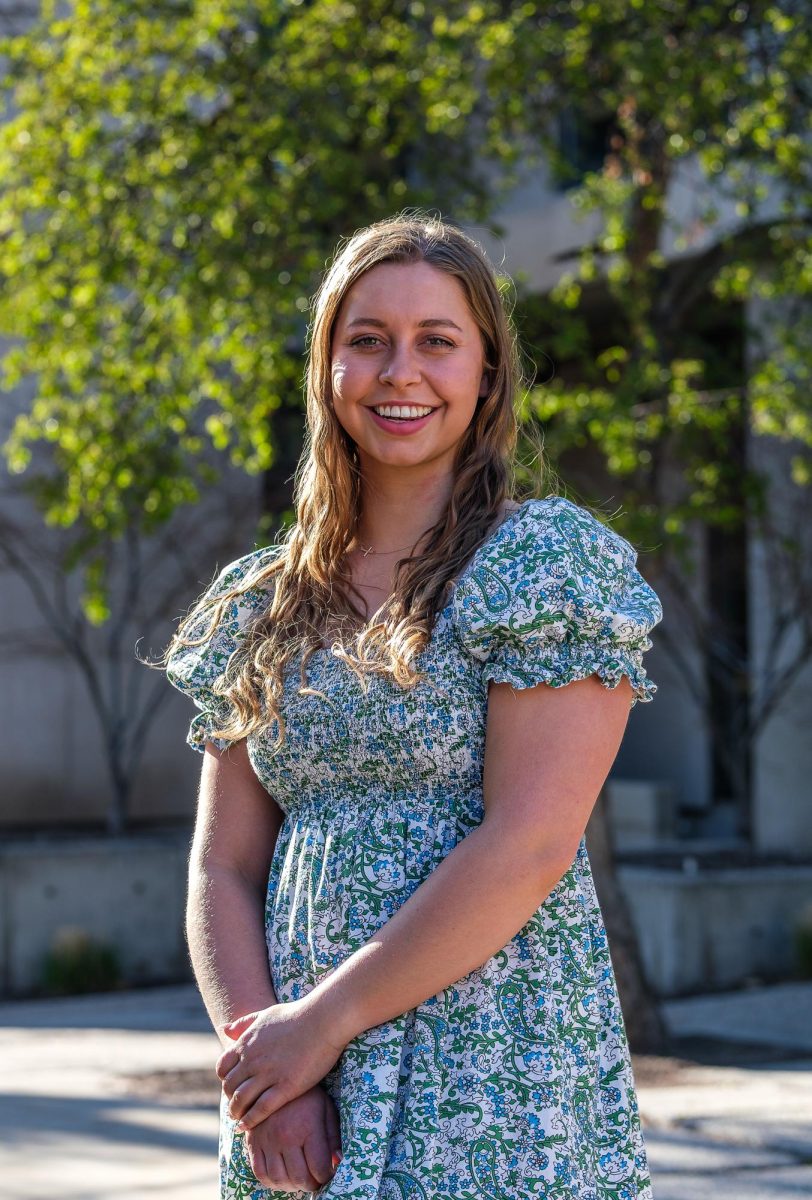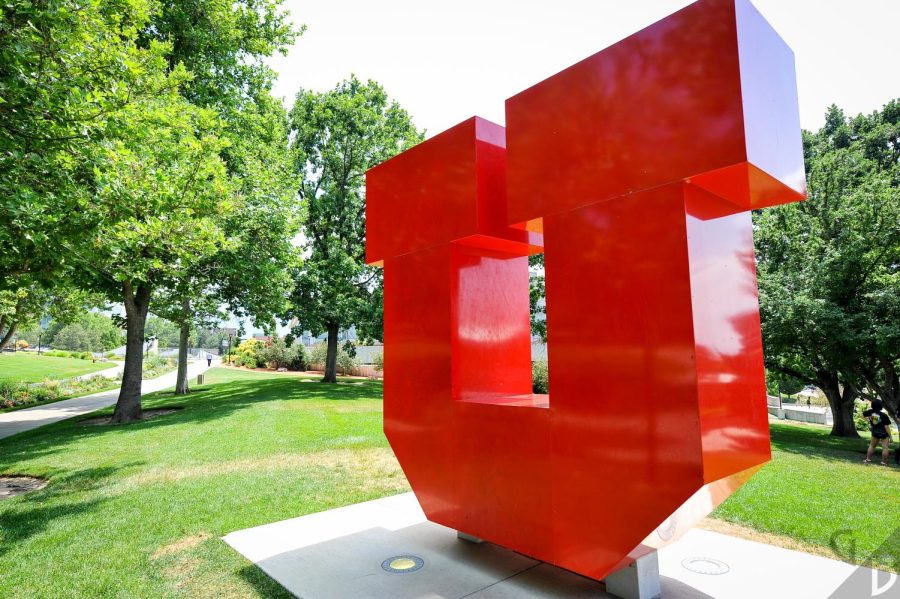If an earthquake were to strike the Wasatch fault line, the U School of Medicine8212;an outpatient care center and teaching facility8212;would be in trouble.
The building, which was constructed in 1961 as the University Hospital, meets the 1959 seismic code but is now outdated.
“It’s really a very large, ambitious project that will take several years of planning,” said Steve Panish, assistant vice president of health sciences.
Panish said they are now unloading the current medical school. The opening of the west pavilion will migrate beds out of the medical school and replace all outpatient clinics.
Although construction projects and forklifts are scattered around the U Hospital, the medical school has been waiting for funding to rebuild since 2000 when a seismic study first analyzed the aging and health-hazardous building design.
The School of Medicine building is “seismically deficient” based on recent building codes and is a “severe life-safety hazard to occupants,” according to a Strategic Facilities Planning study completed in 2000.
According to the study, the medical building is in the highest level of seismicity in the Wasatch Front and is not designed to withstand anything more than wind forces.
If an earthquake of magnitude five or higher were to strike, the building would likely fall to the side or collapse on itself, said Bryan Romney, a building constructor at the U.
“We’ve done various studies on how to replace this system,” Romney said. “We’re dealing with 650,000 square feet8212;it’s either rebuild or reconfigure.”
Romney said they’ve already engaged architects and engineers to study cost and how to phase out the building.
The planning study gave the U four scenarios: upgrade the building for all functions; upgrade only for research laboratories, offices and classrooms; upgrade only offices and classrooms; or demolish and replace the entire building. The evaluation crew who completed the study decided that the option to demolish the building would be the best choice.
Besides structural problems, the study also revealed problems with the electrical system and found the emergency power system is “inadequate for health care and laboratories.”
“The air distribution is not sufficient,” said Don Thompson, director of facilities and engineering for health sciences. “We don’t have sufficient capacity for heating and cooling. In 1960, nobody had a computer and now everybody does.”
Thompson said any time the U wants to renovate the space to construct a new laboratory, they have to complete extensive ventilation work, which costs a “significant amount of money.”
However, with legislative budget cuts and other construction projects, including the U Hospital and Clinics expansion and another medical building, the new medical complex has a few years to wait.
Panish said the U is currently working on design plans for an Ambulatory Care Center, a building that would house outpatient clinics from the current medical school, a new women’s health center and medical offices.
“It’s a long-term goal,” Panish said. “But these are active plans going on. We are working toward emptying the school.”
In the meantime, Romney said the current building will hold up but a new one is advised, and not just for the medical school. Many buildings on campus were constructed pre-1950s and wouldn’t stand in the face of an earthquake.
“There’s no such thing as an earthquake-proof building, though,” Romney said. “They are designed to a criteria that will allow people to get out of the building before it falls down.”
The U is currently finishing work on renovation projects on buildings such as the Marriott Library, the College of Nursing and the Park Building, which were also seismically deficient.
















